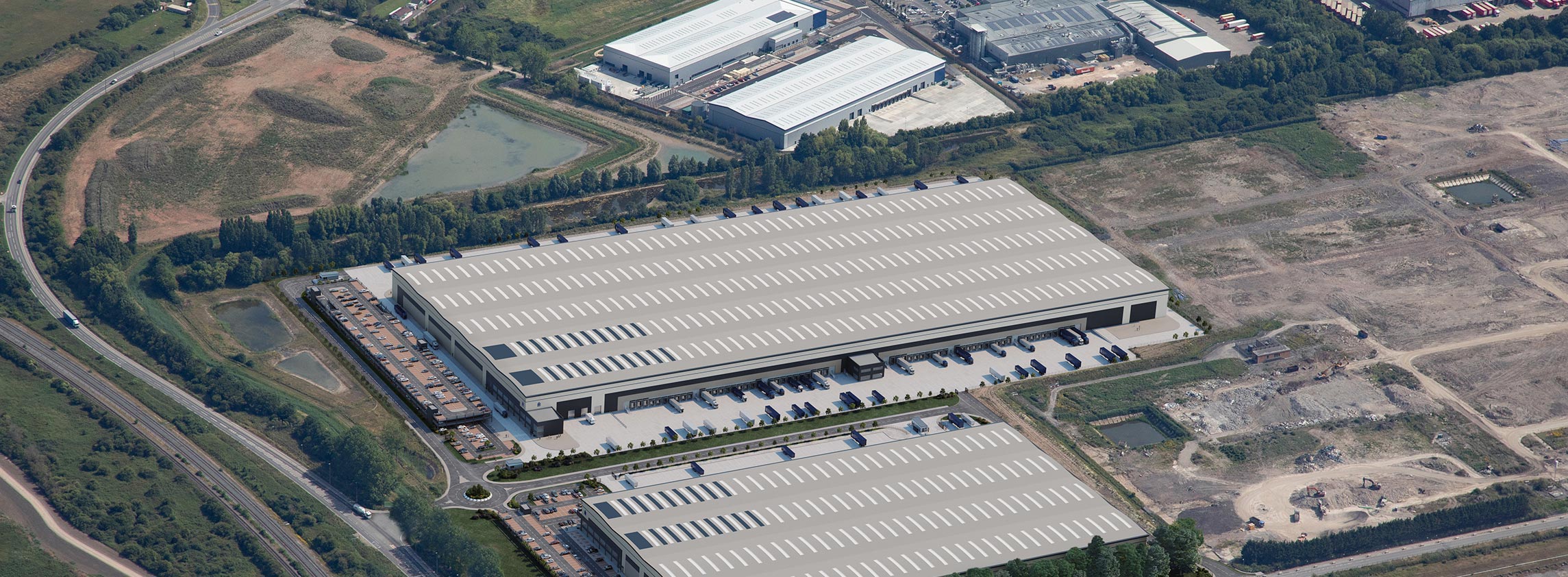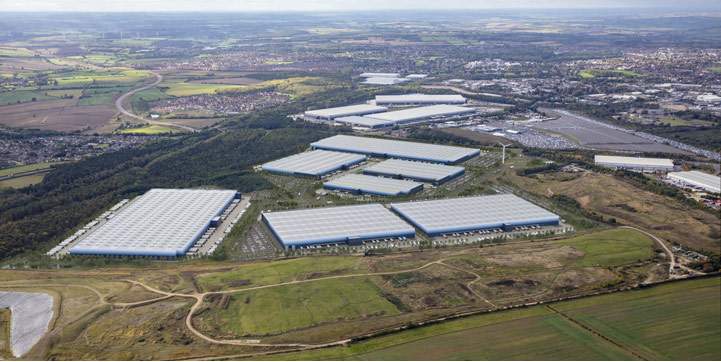National overview
3PLs and manufacturers push take-up to the third strongest year ever

3PLs and manufacturers push take-up to the third strongest year ever
It comes as no great surprise that the Collins English Dictionary’s word of the year was ’permacrisis’ in 2022 as event after event conspired to bring ever-increasing levels of uncertainty to occupier and capital markets. From both a financial and political perspective, we hit a pinnacle of uncertainty in the early autumn as consumer confidence plummeted, inflation continued to rise and bond yields soared in the wake of a less-than-successful mini-budget. While we have seen financial markets settle somewhat after a change in tack on fiscal policy, this nonetheless marked a turning point in all property market cycles with clear impacts for the logistics sector.
The level of online sales has slowly been creeping up in the second half of the year, reaching 30.2% in November, the highest level since Christmas 2021
Richard Sullivan, National Head of Industrial & Logistics
At a high level, there remain many positive demand drivers within our sector. Whilst online retailers are not immune to wider issues in the economy, as demonstrated by the recent collapse of Made.com, the level of online sales has slowly been creeping up in the second half of the year, reaching 30.2% in November, the highest level since Christmas 2021. In the manufacturing sector, talk of supply chain resilience continues to keep executives busy, and we are starting to see this feed into our data with manufacturing-related take-up reaching its highest level ever, 73% ahead of the long-term average, at 11.4m sq ft.
Rising energy prices have shone an even stronger light on ESG metrics, and take-up for second-hand units accounted for just 22% of the deals signed in 2022, a record low and a trend we expect is here to stay.

Magna Park Corby, where TopHat, advised by Savills, has taken a 650,000 sq ft BTS unit – one of the largest manufacturing deals of the year
Take-up
At a nationwide level, 2022 is a tale of two halves, with record levels of take-up in H1 giving way to what feels like a sharp decline in the second part of the year. However, notwithstanding a natural return to pre-Covid levels amplified by wider economic and political issues, year end take-up has reached 47.99m sq ft, making 2022 the third strongest year ever and exceeding the pre-Covid high watermark of 37m sq ft by 10m sq ft. The second half of the year saw take-up fall by 34% to reach 19.01m sq ft, which in a long-term context is 22% ahead of the H2 average.
Over the year, we have seen 23.9m sq ft of build-to-suit transactions, the highest amount ever recorded, which equates to 50% of the market. At 13.6m sq ft, speculative take-up accounted for 28% of the market, the highest level we have ever recorded. Demonstrating how in demand modern buildings are, 50% of all speculative take-up occurred prior to the building reaching practical completion, meaning that the average void for speculatively constructed units in 2022 was just one month.
At a business sector level, many interesting trends are playing out. Online retailers took just 6.6m sq ft of new space, the lowest level since 2017. Traditional retailers, on the other hand, took 9.3m sq ft of space – the highest level since 2016. The 3PL sector continued in its race for space and took 14.8m sq ft of new space, which at 30% of the market, set a new record in the process. What’s more, 86% of these units are considered Grade A, against a long-term average of just 60%, highlighting that, more than ever, 3PLs need high-quality space to provide better staff welfare and ESG-compliant facilities in order to retain and win key client contracts.
Supply and Pipeline
Over the last 12 months, supply has trended upwards from historic lows and now stands at 25.5m sq ft, reflecting a vacancy rate of 3.94%. The level of Grade A supply continues to trend upward as speculative units complete and now stands at 11.6m sq ft. With 20.19m sq ft of speculative units due for delivery in 2023 and into 2024, it is likely that vacancy and total supply will trend upwards to recent medium-term averages unless we see developers re-evaluate previously announced schemes.
Read the articles within Big Shed Briefing below.
10 article(s) in this publication